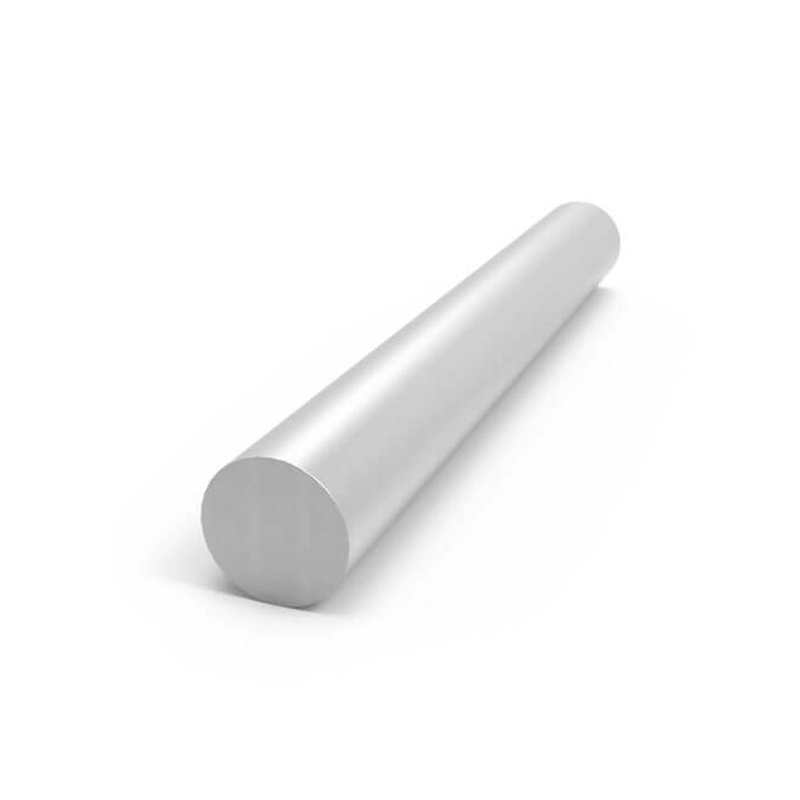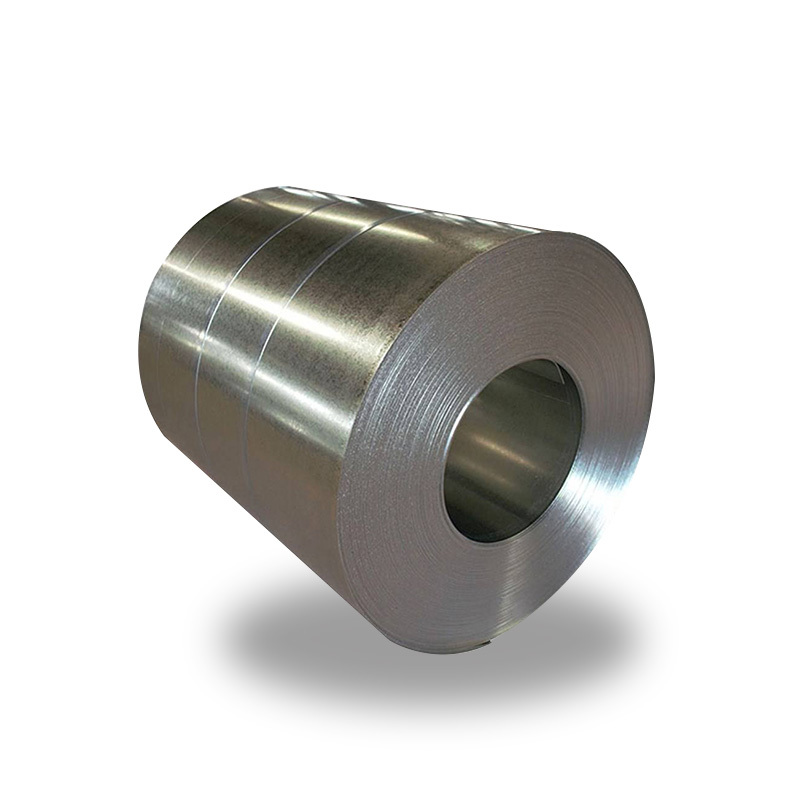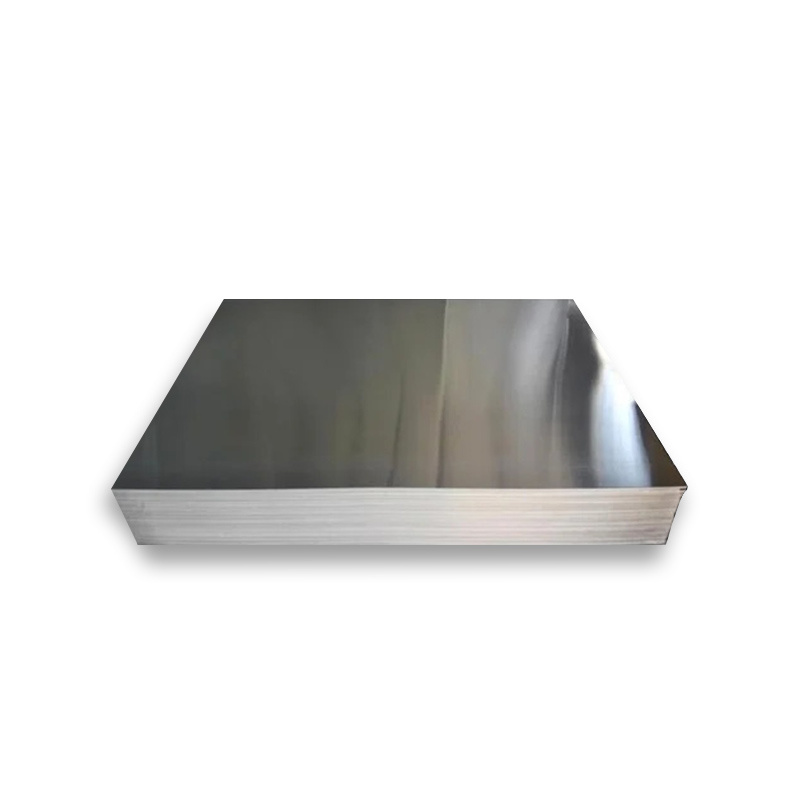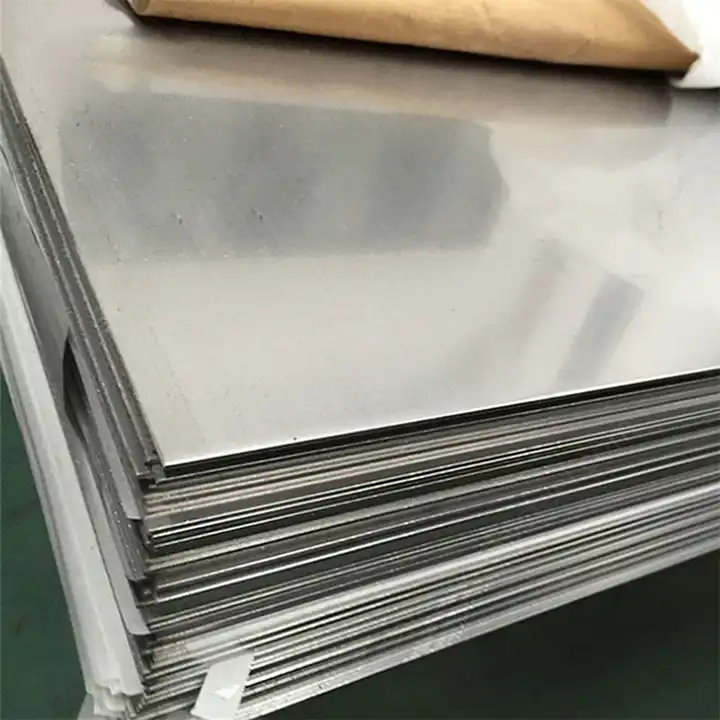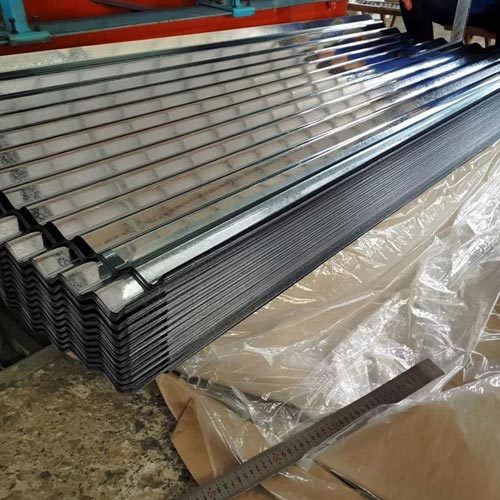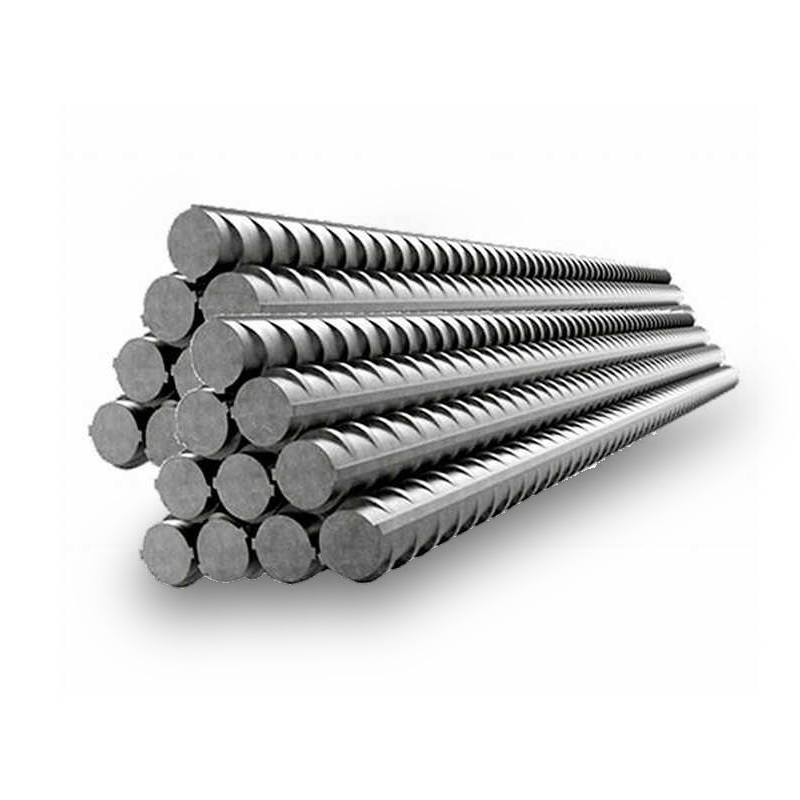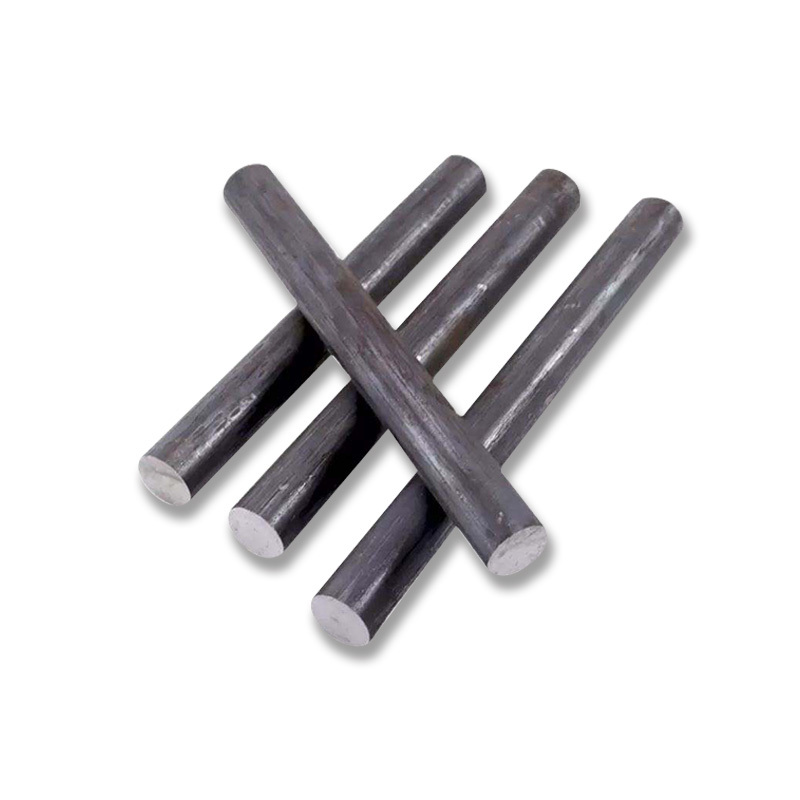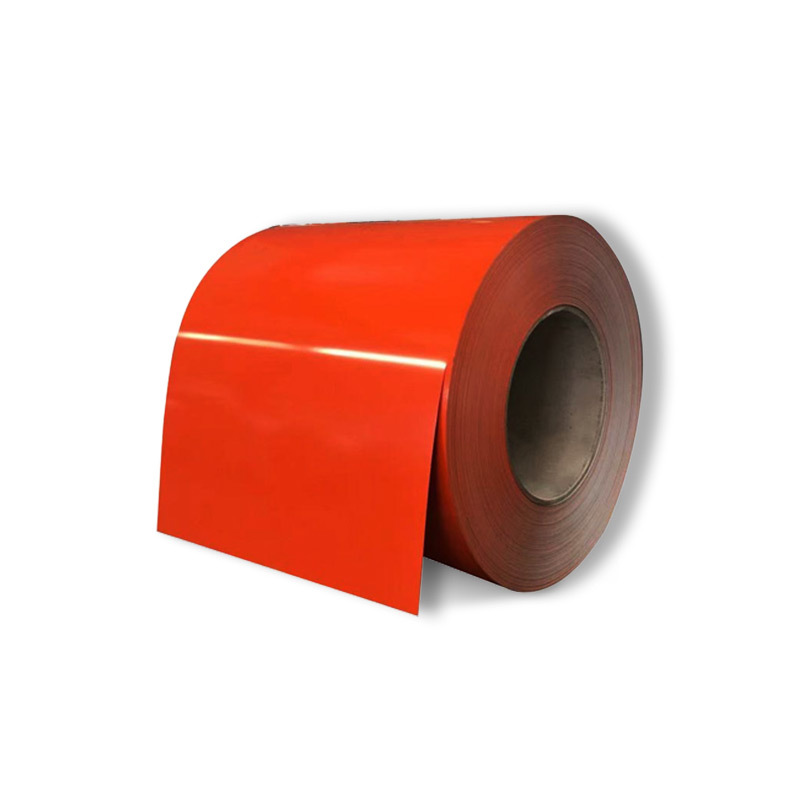PRODUCT CENTER
CONTACT US
If you are interested in cooperation, please contact us immediately, we will give you feedback as soon as possible!
1050 aluminum alloy is formed by adding a small amount of copper in pure aluminum, which has excellent forming characteristics, high corrosion resistance, good weldability and electrical conductivity. It is widely used in products with low strength requirements, such as chemical instruments, sheet metal processing parts, deep drawing or spinning concave vessels, welding parts, heat exchangers, clock surface and disk surface, nameplate, kitchen utensils, decorations, reflective appliances, etc.
Among the various properties of 6061 aluminum, it is considered to be versatile, easy to process, and relatively inexpensive. It is used in aerospace engineering, aircraft and helicopters, screw machine parts, yachts and boats. It is also very suitable for tank bodies, bicycle frames, structural parts, food and beverage cans. You will also find that 6061 aluminum is often used in car chassis, truck frames, flashlights, fishing line wheels, pistol suppressors, cover plates and platforms, vacuum chambers, etc.
Among the various properties of 6061 aluminum, it is considered to be versatile, easy to process, and relatively inexpensive. It is used in aerospace engineering, aircraft and helicopters, screw machine parts, yachts and boats. It is also very suitable for tank bodies, bicycle frames, structural parts, food and beverage cans. You will also find that 6061 aluminum is often used in car chassis, truck frames, flashlights, fishing line wheels, pistol suppressors, cover plates and platforms, vacuum chambers, etc.
1050 aluminum alloy is formed by adding a small amount of copper in pure aluminum, which has excellent forming characteristics, high corrosion resistance, good weldability and electrical conductivity. It is widely used in products with low strength requirements, such as chemical instruments, sheet metal processing parts, deep drawing or spinning concave vessels, welding parts, heat exchangers, clock surface and disk surface, nameplate, kitchen utensils, decorations, reflective appliances, etc.
Durable 201 Stainless Steel Plate is a high-strength, low-nickel austenitic stainless steel material, which is widely used in many industries for its excellent cost-effectiveness. Type 201 stainless steel is an austenitic chromium-nickel-manganese stainless steel, which is developed to save nickel. Type 201 is a low-cost alternative to traditional Cr-Ni stainless steels such as 301 and 304. The nickel is replaced by added manganese and nitrogen. It cannot be hardened by heat treatment, but can reach high tensile strength by cold working. Type 201 is essentially non-magnetic in the annealed condition and becomes magnetic upon cold working. In many applications, the 201 type may replace the 301 type.
The differences between the, B and C designations are complex and related to structural tolerances. For steel mesh products, B500A grade steel is usually used, and for steel bars, B500B grade steel is used. B500C steel is rarely required, and it is always worthwhile for structural engineers to check whether B500B grade steel can be used instead of B500C, because B500C usually has a significant cost overhead.
H-beam is a new type of steel for economic construction. H-beam has economical and reasonable cross-sectional shape, good mechanical properties, uniform extension of each point on the cross-section and small internal stress during rolling. Compared with ordinary I-beam, H-beam has the advantages of large cross-sectional modulus, light weight and metal saving, which can reduce the building structure by 30-40%. In addition, because its legs are parallel to the inner and outer sides and the leg ends are right angles, the welding and riveting work can be saved by 25%. It is often used in large buildings (such as factories, high-rise buildings, etc.) with large bearing capacity and good cross-sectional stability, as well as bridges, ships, lifting and transportation machinery, equipment foundations, supports, foundation piles, etc.
Galvanized Corrugated Roof Sheet
Galvanized roof shingles are made of galvanized steel sheet used for roofing and coated with zinc. The zinc coating provides moisture and oxygen protection for the base steel. According to the galvanizing process, it can be divided into hot-dip galvanized steel plate and electro-galvanized steel plate. The corrugated design will improve its strength and enable it to withstand harsh weather conditions. Common designs include wavy, trapezoidal designs, ribbed galvanized roof panels, etc. It can be used as a single-layer board, covering an existing roof, or a steel sandwich panel.
Deformed bar, also known as rebar (short for reinforcing bar), is a steel bar or mesh of steel wires used as tension devices in reinforced concrete and reinforced masonry structures to strengthen and hold the concrete in tension. Deformed bar’s surface is often patterned to form a better bond with the concrete.
Steel wire is one of the four major varieties of steel: plate, tube, profile and wire. It is a reprocessed product made of hot-rolled wire rod by cold drawing. According to the section shape, it mainly includes circle, square, moment, triangle, ellipse, flat, trapezoid, zigzag, etc. Ordinary quality steel wire includes steel wire for welding rod, nail making, mesh making, packaging and printing industry, steel wire for cold heading forging for cold heading rivet and screw, etc., and electrical steel includes special steel wire for production of overhead communication line, steel cored aluminum strand, etc.
A572 steel bars are lightweight, but have good strength, ductility and workability, making them ideal for structural applications. These characteristics make the A572 relatively simple to shape into different structures, while maintaining the ability to withstand large stresses and loads.
Color Coated Galvalume Steel Coil PPGL
PPGL steel is a durable, colorful and economical building material. It is the abbreviation of color coated aluminum-zinc plated steel plate, which is based on aluminum-zinc plated steel plate. The aluminum-zinc coated steel is then continuously painted in coil form. Due to its heat resistance and corrosion resistance, it has become a material for various construction purposes, especially roofs and walls.


